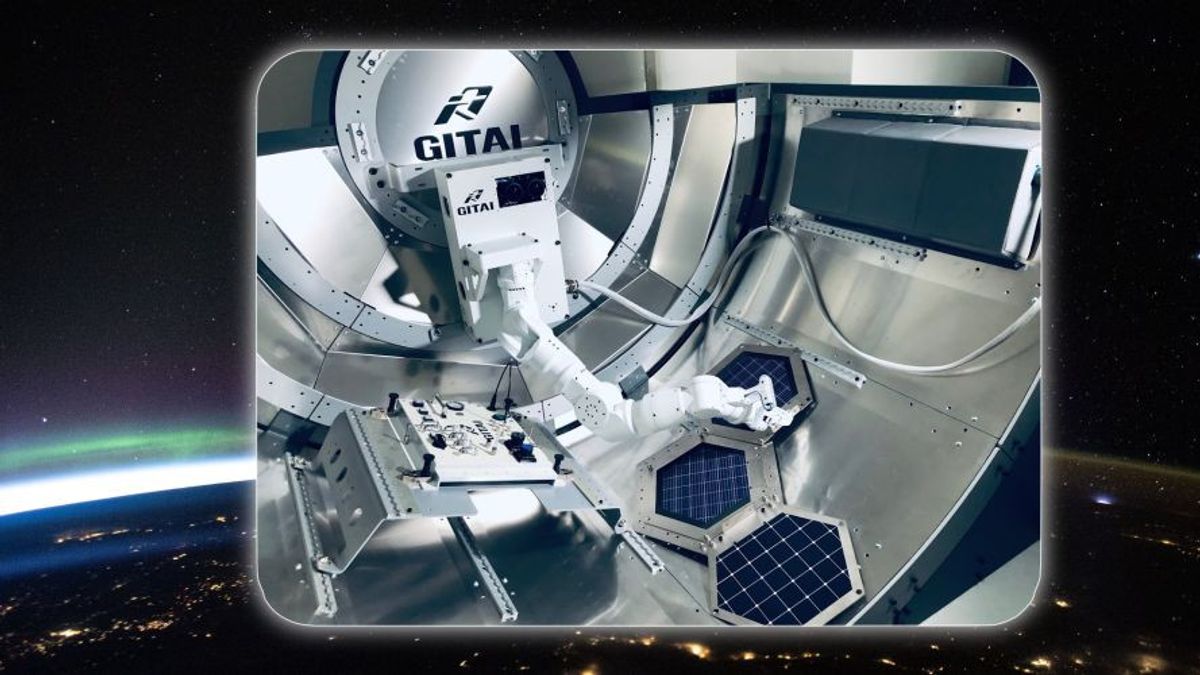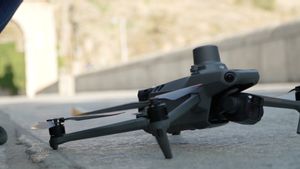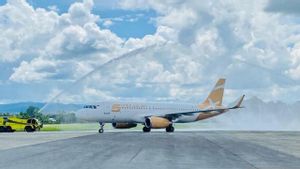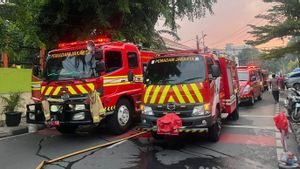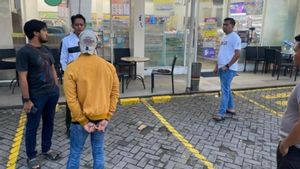JAKARTA - NASA reports on a milestone that has been achieved in a new robotic arm technology being tested on the International Space Station. The new arms are meant to serve general-purpose manipulation somewhat similar to the tasks astronauts handle.
The ISS itself already has robotic arms located on the outside, such as the Canadarm2, which assists in a variety of large tasks, and the Kibo laboratory robotic arm specifically used for the experiments carried out on the module.
The original Canadarm was launched as a component of the Space Shuttle Columbia in 1981. It served the purpose of maneuvering payloads out of the shuttle bay. This is under the control of the astronaut inside the shuttle.
After 90 missions, the first robotic arm was finally retired and replaced by Canadarm2 on the ISS. This much more sophisticated robotic arm can be moved around the outside of the International Space Station, end-to-end, to help manipulate large objects while providing force feedback to astronauts and employing automatic collision avoidance.
The latest robotic arm to arrive at the International Space Station is the Gitai S1, a semi-autonomous robot that can operate inside or outside the spacecraft. The arm underwent testing on the new Nanoracks Bishop Airlock, the first permanent commercial addition to the ISS.
The Gita S1 achieved a Tech Readiness Level rating of 7 and the maximum is 9. This means the prototype has passed simulation tests while in space. To achieve TRL 8, actual production models must complete field or space testing.
TRL 9 means successfully used in real missions. The arm uses a combination of autonomous operation and guided by ground crews to turn on switches, press buttons, and even assemble technological equipment, such as solar panels. The plan, the robotic arm will handle missions that may be dangerous for astronauts.
Robots Work With Astronauts
NASA's plans for robotic arms and even full-fledged robots are to work alongside astronauts, not to replace them. Robotic arms can function to operate in hazardous conditions and manipulate objects that cannot be managed by humans.
Spacewalks are inherently dangerous and physically demanding. If routine maintenance and other tasks can be handled by a robotic arm, it makes life easier and safer for astronauts.
The Gitai S1 is designed to manipulate switches and objects that astronauts might also use. If the astronaut is replaced, the switch will be electronic rather than physical.
In the future, robotic arms such as the Gitai S1 and larger devices may play a role in work carried out on missions far to the Moon or Mars, where robots could prepare the way for human travelers. Since the Gitai S1 can handle multiple tasks independently and can be controlled remotely, this opens up this remote control for a variety of missions.
While further tests will be required before this robotic arm can be used in actual missions, it is a major milestone for the Gitai S1 to reach Tech Readiness Level 7.
The English, Chinese, Japanese, Arabic, and French versions are automatically generated by the AI. So there may still be inaccuracies in translating, please always see Indonesian as our main language. (system supported by DigitalSiber.id)
